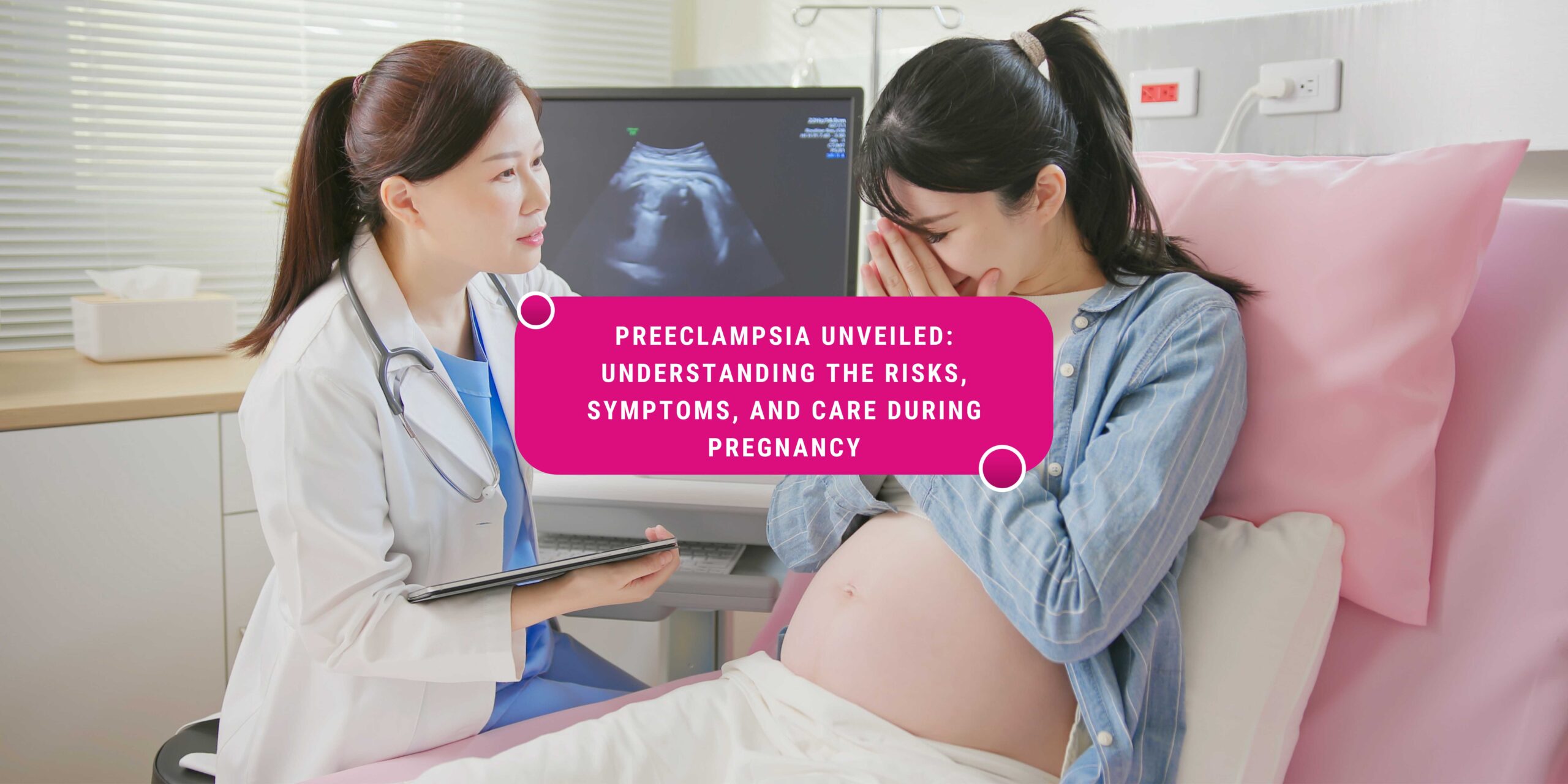Pregnancy, a joyful journey full of anticipation, can occasionally provide unforeseen obstacles. Preeclampsia, a severe pregnancy complication, is one such issue. It affects around 5-8% of pregnancies worldwide, making it critical to understand the risks, symptoms, and possible treatment. This article seeks to provide pregnant people and their loved ones with information, dispel myths, and encourage informed decision-making.
Demystifying the Storm: What is Preeclampsia?
Expecting a child is a joyous experience, but sometimes, unexpected challenges like preeclampsia can arise. This condition affects 5-8% of pregnancies globally, emphasizing the need to comprehend its risks, symptoms, and potential care. This article aims to offer valuable insights, debunk myths, and empower expecting individuals and their support systems to make informed decisions.
Unveiling the Risks: Who is Most Vulnerable?
Preeclampsia is more likely when:
It’s your first pregnancy.
You have pre-existing conditions like high blood pressure, kidney disease, autoimmune disorders, or obesity.
You’ve had preeclampsia before or delivered a low-birth-weight baby.
You’re expecting twins or triplets.
You’re under 20 or over 40 years old.
Recognizing the Warning Signs: Symptoms of Preeclampsia
Preeclampsia may not always cause symptoms, making regular prenatal care essential. However, be mindful of the potential signs:
Sudden, persistent high blood pressure: Readings consistently above 140/90 mmHg
Excessive protein in the urine: Detected through routine urine tests
Sudden weight gain: Caused by fluid retention, exceeding 2 pounds per week
Severe headaches: Not relieved by medication
Vision changes: Blurred vision, light sensitivity, or seeing spots
Upper abdominal pain: Especially in the right side, below the ribs
Decreased urine output: Urinating less frequently than usual
Shortness of breath: Caused by fluid buildup in the lungs
Seeking Shelter: Diagnosis and Management
Early diagnosis and care are critical for avoiding problems. When healthcare experts suspect preeclampsia, they’ll assess symptoms, blood pressure, and urine dipstick tests. Additional tests like blood tests, liver function tests, and ultrasound imaging might be needed.
The management approach depends on the severity and gestational age. Mild cases may require strict monitoring, dietary changes, and blood pressure drugs. In severe circumstances, rapid birth, even before the due date, may be required for the mother’s and baby’s survival.
Navigating the Storm: Care Options and Support
Receiving prompt and appropriate care is key to managing preeclampsia. Options include:
Prenatal care: Regular doctor visits for monitoring and early detection
Medications: Antihypertensive drugs to control blood pressure
Delivery: Depending on the severity, vaginal or cesarean delivery might be recommended
Hospitalization: For close monitoring and management in severe cases
Beyond the Storm: Long-Term Implications and Recovery
Most women with preeclampsia recover fully after delivery. Continuing healthcare follow-up is crucial to address any lingering health concerns. Additionally, women with a history of preeclampsia might consider becoming pregnant again.



